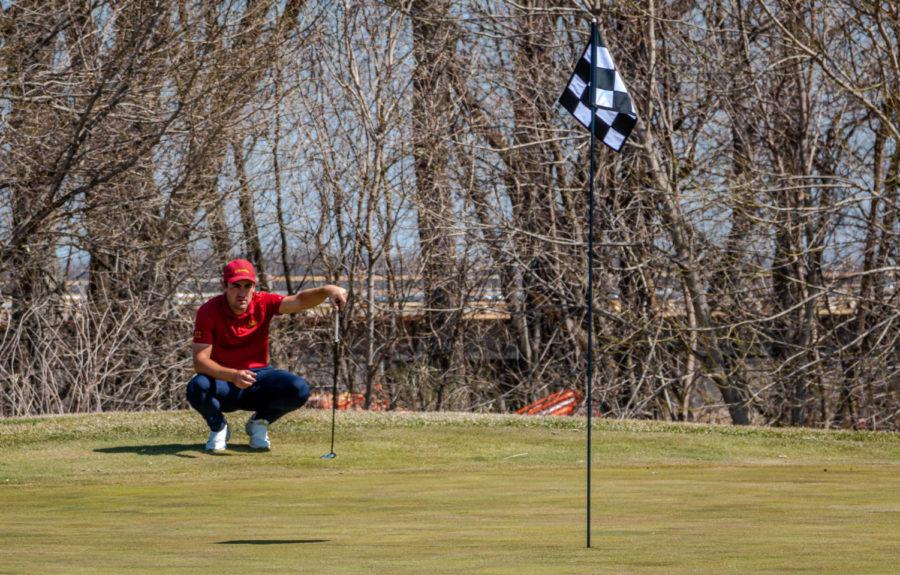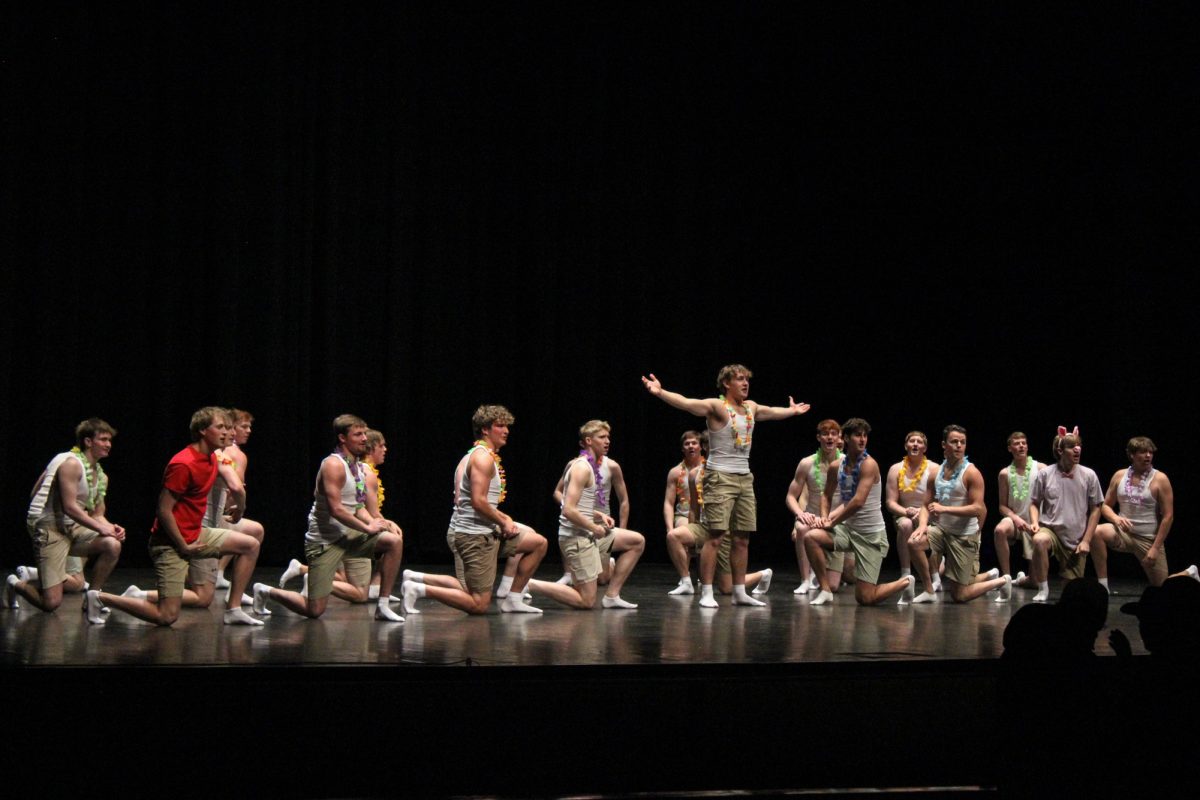Instilled classism keeps its tight grip on democracy
October 28, 2020
The 15th Amendment of the Bill of Rights established the right to vote for American citizens regardless of race, color or previous conditions of servitude, but instilled classism continues to disenfranchise voters.
Social class, also referred to as class, is “a group of people within a society who possess the same socioeconomic status,” according to Britannica. Classism is when someone is treated differently because of their class and can be implemented institutionally and through attitude and behaviors, according to Class Action.
“The way I would think about classism [relating to voter turnout] is the institutional biases against people who are lower income and lower education in the voting system,” said Dave Peterson, a professor of political science.
Someone’s socioeconomic status can impact a person’s ability to vote, but there are other variables that go with this, too. When states have multiple steps to voting — such as registration or requiring proof of residence — these can serve as additive barriers for someone of lower-class status.
“We have rules about proof of eligibility that may involve residence requirements for how long you have lived at an address or the ability to present bills that you may have or what counts as an identification,” Peterson said. “All of those have class biases.”
A driver’s license serves as identification as well as proof of residence if it is updated with a current address, but this mainly benefits voters who are residentially stable. Peterson said it is a hassle for people to go to the Department of Motor Vehicles to update identification, serving as yet again another barrier.
“If you are upper class and you own your home and you are residentially stable, there is a good chance your driver’s license, which sort of automatically lets you vote, has the correct address,” Peterson said. “If you are more residential mobile … the driver’s license may not be an accurate address, and if it is not an accurate address, it does not work to prove your eligibility to vote, which becomes a little more complicated process.”
Sehba Faheem is a senior studying biological systems engineering, a Student Government senator and the co-creator of the voter information systems. Faheem has worked on a student committee to create voter registration stations across campus.
Faheem said the greatest barrier she has seen throughout her work on campus is lack of residence or unstable residences.
“While there are a lot of students who are stable in their residence, they are able to have a lease year to year, we don’t see that across the board,” Faheem said. “So then it becomes harder for voting because your ability to vote is tied to your residence. If you don’t have that stable residence, it jeopardizes your ability to vote.”
Faheem said there are ways to get around this barrier, such as claiming residence at a friends house, but the process can be discouraging.
“You just have to have some kind of proof, and most of the time, it is that friend vouching for you,” Faheem said. “Because the laws can get kind of complicated in that way …. It is hard to figure out, and at that point, why not just not do it?”
The process of registration is only one side of the wall of voter suppression relating to class.
Karen Kedrowski, director of the Carrie Chapman Catt Center for Women and Politics, said when looking at class, people who are professionals and have more personal autonomy in the hours they work correlates with income and educational attainment.
“I think social class can raise barriers that are not legal barriers but are very real barriers, and one is they may not have very great flexibility to get off work,” Kedrowski said.
Election day is traditionally held on a Tuesday, and long lines can further accentuate the process. And when voting in caucuses, the process can take multiple hours.
“White-collar jobs tend to have more time freedom,” Peterson said. “If you are in a salaried position, it is usually much easier to carve out time in your day to go vote. If you have to punch a time clock when you are an hourly employee, even if your employer supplies the time to go vote, that is time you don’t get paid for, and that can have a much bigger impact on folks.”
Kedrowksi said this is why early voting is important: it supplies those who are unable to vote on Election Day a better opportunity to be a part of the democratic process.
“People who are in professional worlds or working for large corporations are much more likely to get a voting leave to be able to go and vote, and to have the flexibility in their day to figure out when they are going to go,” Kedrowski said.
Another factor people of a lower class may have to consider is transportation. If someone relies on public transportation or a shared car, getting to their polling location could be another challenge.
“If polling places are not proximate to their home where they can walk or if polling places are closed and they are consolidated and placed some distances away from certain working-class neighborhoods, that can absolutely depress voter turnout,” Kedrowski said.
Determining where polling is located varies depending on the state. Some states, such as Florida and Minnesota, only allow one polling location per precinct, but the majority of states require local officials to designate polling places, according to the National Conference of State Legislature.
Peterson said because voting is controlled by local counties, wealthier counties are able to put more resources into voting, such as better technology and more voting locations per capita. This means the process can go much faster.
“I think that our government, overall, does favor those who have more money,” Faheem said. “It is just based into our system that there are going to be barriers for those of less income. In that way, it is more important for us to be looking at their needs so we can cover all of our bases. While it is harder for them to vote, it is more important we have them to vote.”
Peterson said particularly poor, urban communities tend to have fewer voting places and lower-quality technology in comparison to wealthier communities. These communities also tend to have larger populations of people of color.
Kedrowski said another factor that makes voting challenging for people of the lower class is the lack of education on not only the voting process itself but also political efficacy. This comes as a result of candidate-centered elections, creating a self-nomination process as opposed to a party-nomination process.
“People who have high levels of political efficacy tend to be the professional class, professional stable; they are the ones more likely to run for office,” Kedrowski said.
This could result in a lack of representation of lower classes, creating a greater disconnect for them in the democratic process, Kedrowski said.
“I don’t think we view cost enough in terms of voting,” Faheem said. “Other countries have really high rates of turnout whereas America does not, and I think we focus that low turnout on the voters themselves, that they don’t go out to vote, but that is not the case. … Many people do want to exercise their rights but are unable to because the system doesn’t want them to.”
There have been steps taken to identify unintentional barriers, such as making early voting available. Kedrowski said another effective method is to communicate the rules of voting in a way to make it sound simple. Although there are voting activists who try to make voting easier for those who may be disenfranchised, there are also people blocking these efforts.
“Voter suppression is happening, and it is happening kind of unapologetically, and that worries me as a political scientist and as someone who cares about democracy,” Kedrowski said. “The fundamental act of political participation is voting, and your democracy has more credibility and is stronger when more people vote. Even if the outcome is something you don’t like, it is a normative good to have people voting.”
In the 2020 election, multiple states are seeing lawsuits raise in states such as Texas and Iowa relating to voter suppression. Faheem said this is nothing new.
“I think it denounces a lack of progress because I don’t think anyone would argue the fact that America’s foundation was pretty unequal, especially around voting,” Faheem said. “The people who could vote were men who were white who owned property, so that disenfranchised a lot of people from the vote. Seeing those issues play out now shows the progress that we think we have made is not what it really is.”







